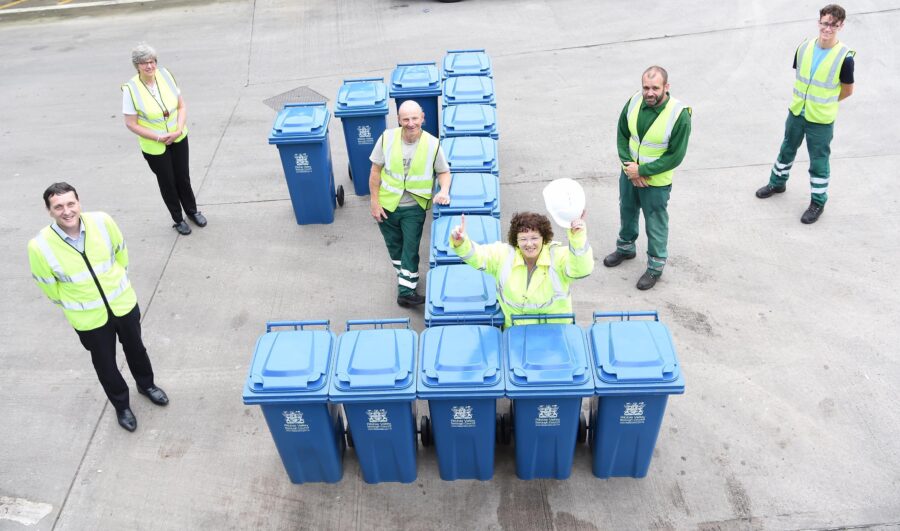When it comes to recycling, Ribble Valley is ‘top of the pots’, according to new figures. The borough has seen the biggest increase in recycling in Lancashire in the last two years – a 24 per cent boost in the collection of green waste and 22 per cent in recyclables.
Ribble Valley is also the only borough to see a reduction in the amount of waste sent to landfill. The figures also place the borough fourth in Lancashire for the collection of target material and third for low contamination rates, meaning Ribble Valley residents are placing the right items in the right bins.
Ribble Valley Borough Council made it easier for people to recycle more plastic last year, by allowing them to put pots, tubs and trays in their blue bins. And the move has clearly struck a note with the borough’s green-keen households.
Ribble Valley Borough Council leader Stephen Atkin-son said: “To have the highest increase in recycling of any borough in Lancashire, along with a reduction in the amount of waste sent to landfill, is a fantastic achievement.
“These rates have been achieved by a tremendous workforce, who collect refuse from one of the largest geographical boroughs in the North, and residents, who have engaged enthusiastically with our recycling schemes.”
John Heap, the council’s director of community services, added: “Collecting refuse is hard work, but the job has to be done and our lads just get on with it.
“They walk mile upon mile ensuring the borough’s refuse is collected or recycled and their dedication is typical of the care and effort that our workers put into making Ribble Valley a great place to live and visit.”
You can do your bit to boost the borough’s recycling rates by placing the following items in your blue bin: glass bottles and jars, food tins, drink cans, foil trays, empty aerosol cans; metal tins, bottle caps and jar lids; plastic bottles, lids, pots, tubs, trays and punnets (film lids and absorbent pads should be placed with general rubbish); plant pots, tubs and trays.
Please rinse items before putting them in the bin to protect the recycling stream from contamination.

